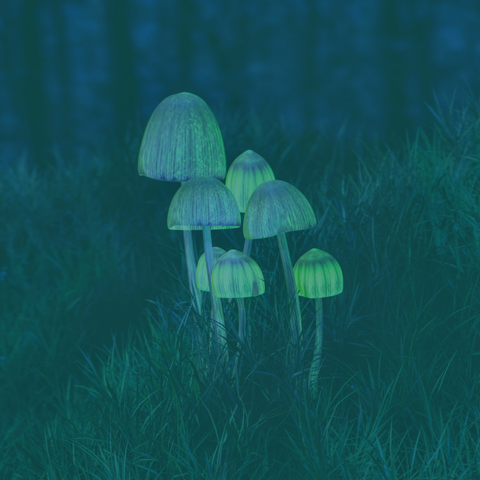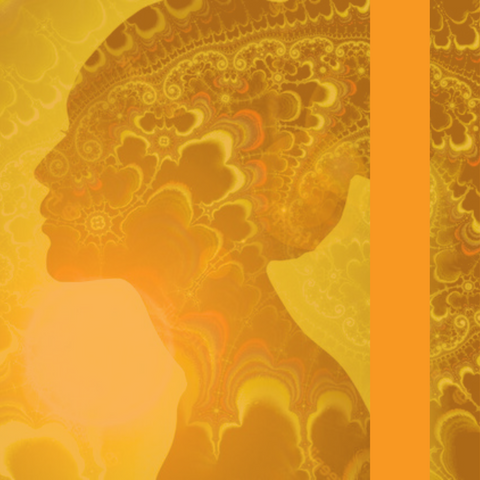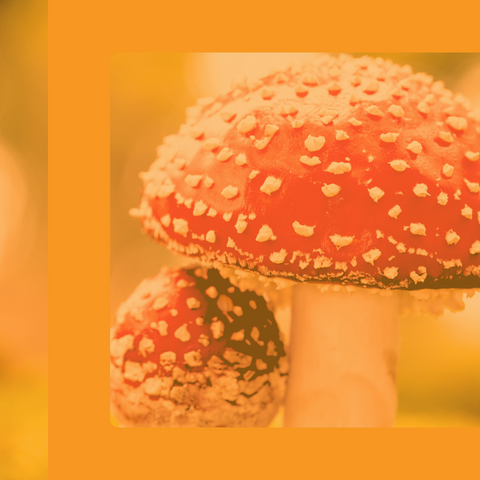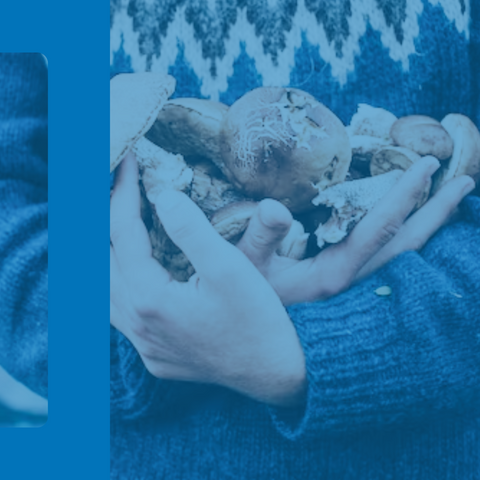Learning & education: psychedelics

In this article, we will look at what’s known about combining melatonin with common psychedelics, based on the current evidence available. We discuss how melatonin might enhance, dampen, or otherwise alter psychedelic effects, how it could influence sleep and neuroplasticity, and what gaps remain in the research base.

In this article, we explore the emerging evidence around how psychedelics interact with the GABA system, both directly and indirectly, and what implications this might have for mental health and therapeutic applications.

The use of psychedelics for their potential cognitive and mental health benefits is a topic that has gained attention in recent years. Psychedelics like LSD, psilocybin, DMT, ketamine, and MDMA have been explored for their nootropic and psychoplastogenic properties, making them intriguing subjects for research and clinical trials.

Serotonin is synthesized through a series of enzymatic reactions, beginning with the essential amino acid tryptophan. Essential amino acids cannot be produced by the body, hence the name, and must therefore be consumed through the food we eat.

Imagine a beautiful mushroom. Do you see a dome-shaped cap atop a slender stem? Visualize the cap’s color. Is it, perhaps, a deep red adorned with white dots?
If so, you have envisioned the most commonly portrayed mushroom in mainstream culture Amanita muscaria, commonly known as the fly agaric.

Mushrooms have been consumed as part of the human diet as a food source for many centuries [1], yet “mushroom nutraceuticals” are only a recent development [2]. These products use mushroom-derived agents to promote health and wellness. Of these, the most extensively studied pharmacologically active components are polysaccharides and polysaccharide-protein complexes, triterpenes, lectins, and fungal immunomodulatory proteins [3].
